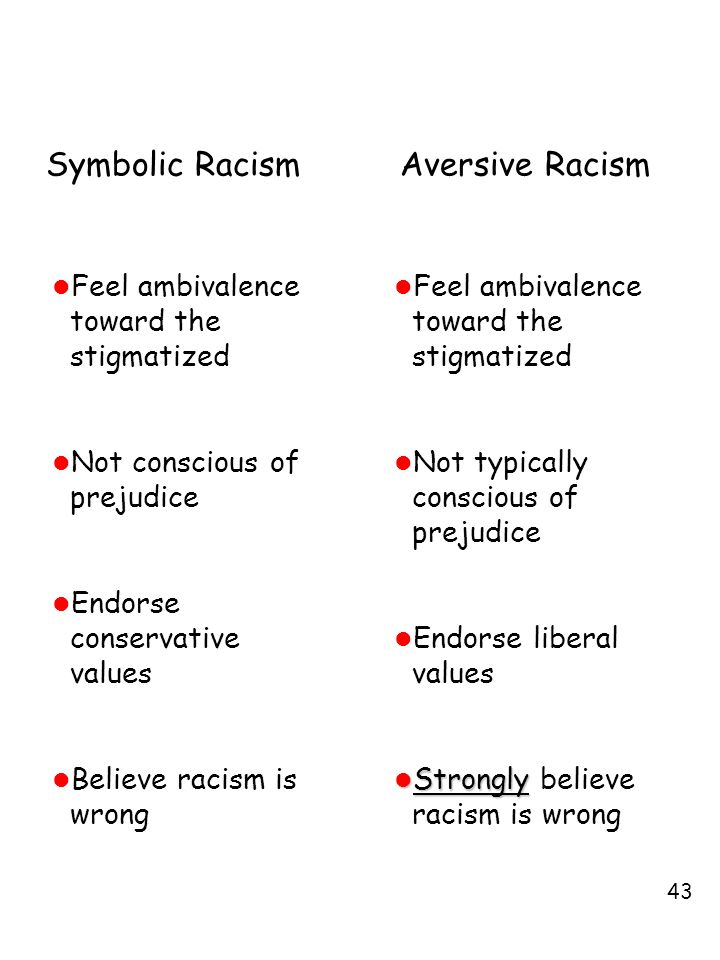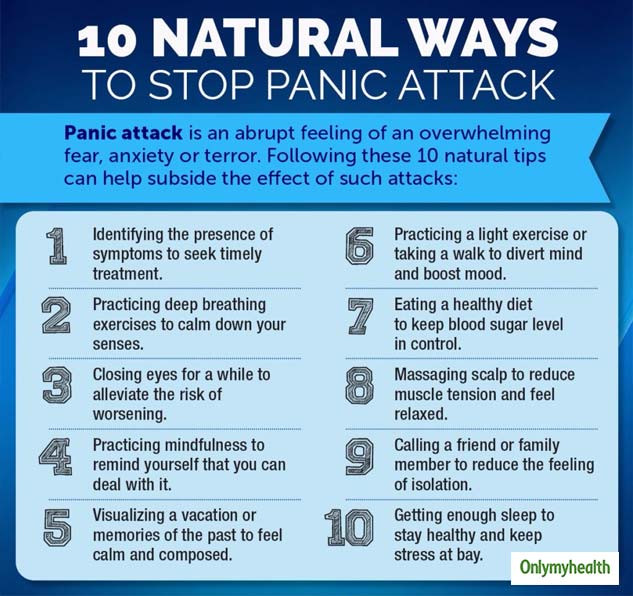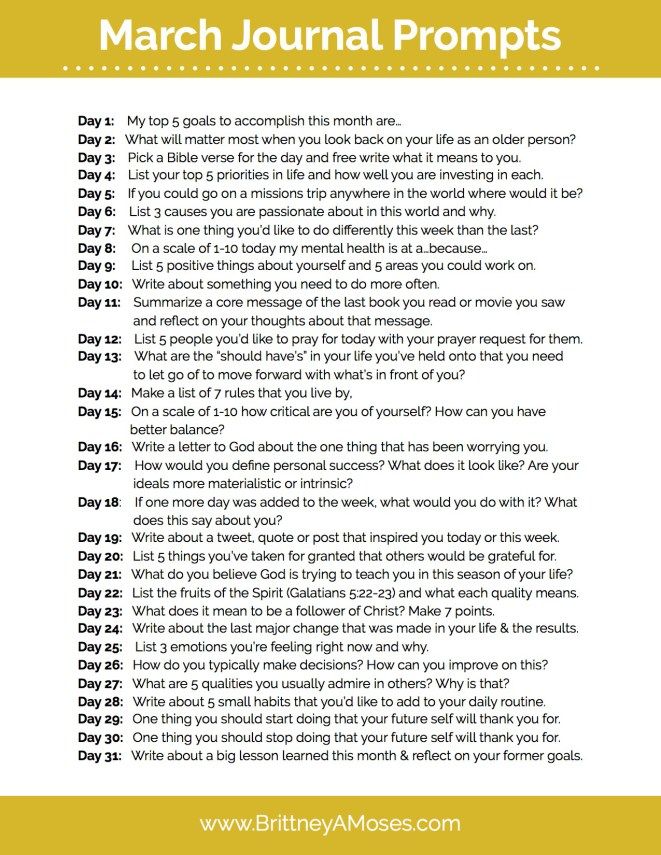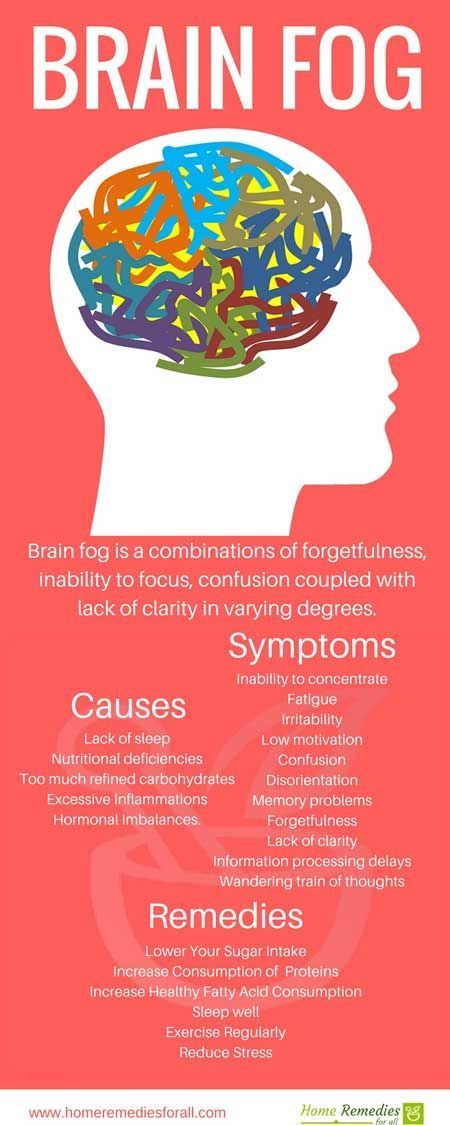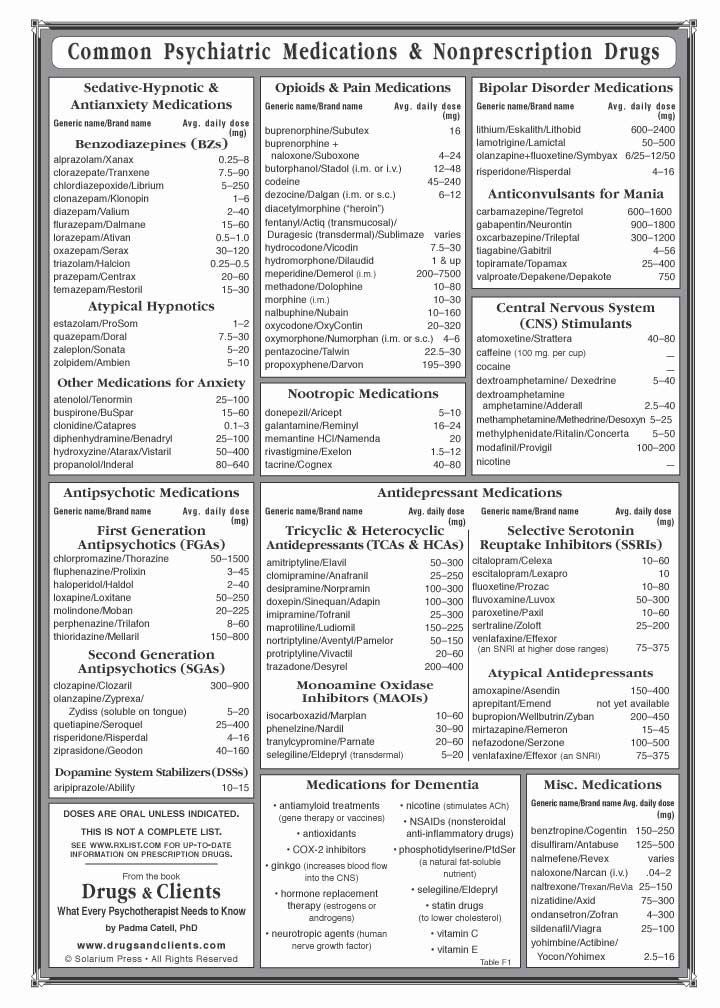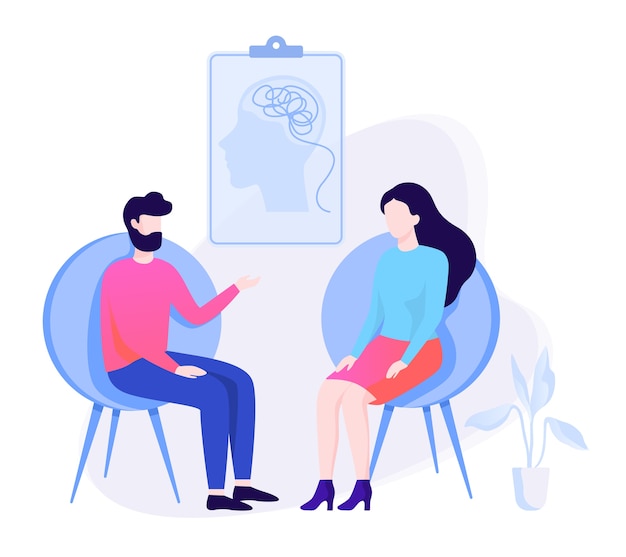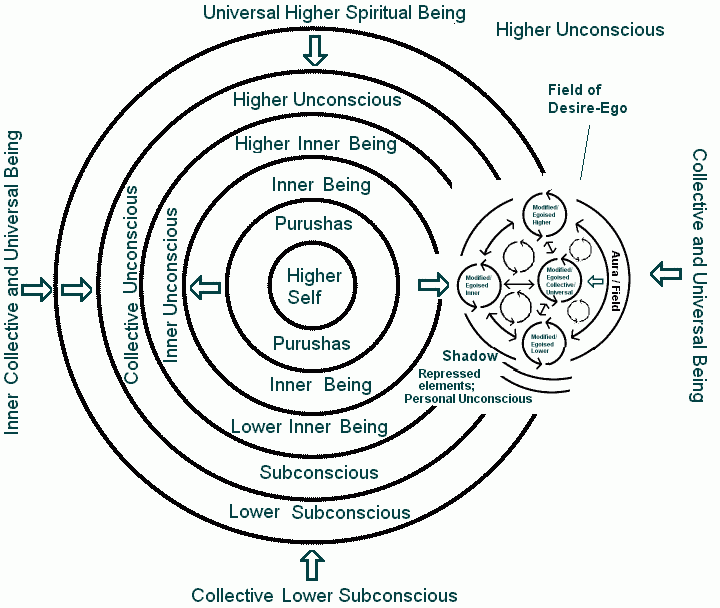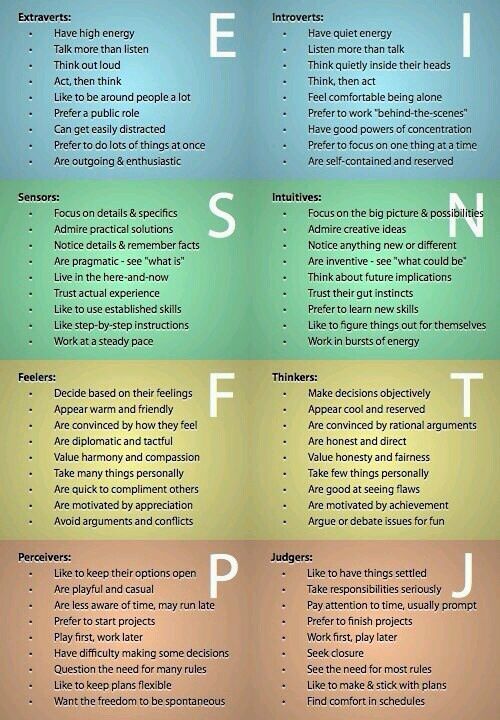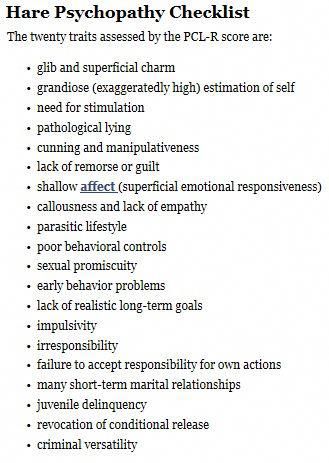How to overcome ambivalence
How to Overcome Ambivalence & Take Action Now — Amita K. Patel — Aligned Holistics
I’m the first to admit that I don’t do well with change. I don’t like uncertainty and I don’t like people who tell me to “patiently wait,” “surrender,” or “carry snacks if you’re going to be that hangry.”
I’m a meditator who moonlights as a list-making, control freak.
So it was no surprise that while working with a client on her “Action Plan for Change,” a lightbulb went off. Most people want change, but never achieve it. Either they don’t have the support, structure, or science to create lasting results. I need to give my readers the behind-the-scenes tool I use to help clients stop second-guessing and take meaningful action.
In my training to transition from coach to therapist, I’ve learned countless approaches and theories on change. Today, I want to share the “Stages of Change Model.” Designed to modify behaviors and address motivational challenges, it determines which actions you should take based on your level of readiness.
Why should this matter to you? Because understanding your readiness to change will help you to:
- Find Answers
- Make decisions
- Stop judging yourself
- Take action
- Be okay with not always being okay
Addressing Ambivalence:
Everyone feels ambivalent at times. Often, we want 2 things that can’t coexist:
- You want to leave your job, but you’re scared you won’t find anything else.
- You’re unhappy in your relationship, but you don’t want to go on another first date.
- You can’t decide between the warm comfort of pizza and the sweet siren song of a brownie.
The anxiety we feel before making a decision and the second-guessing that ensues is all part of the human experience. This is especially true when it comes to major life changes. The key to overcoming ambivalence and taking action is assessing your readiness to change.
How The "Stages of Change" Work:
It’s a circle, not a line.
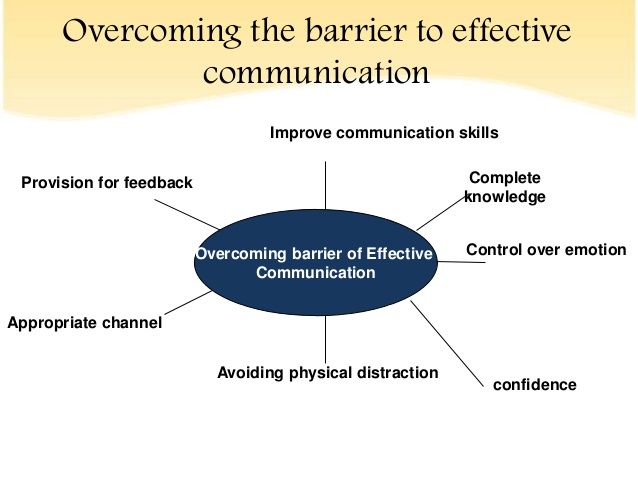 This isn’t geometry lesson, it’s an annoying fact of life. Growth isn’t linear and neither is change. We move through the stages in an upward spiral.
This isn’t geometry lesson, it’s an annoying fact of life. Growth isn’t linear and neither is change. We move through the stages in an upward spiral.Pre-contemplation is the stage where you aren’t thinking about making a change. Maybe you don’t see something as a problem, maybe it’s not that bad yet, or maybe you’re rationalizing it. Either way, this is the stage where you have no motivation to change because you don’t think there’s anything to change.
Contemplation is the stage where you’re on the fence. You’ll consider the possibility that maybe you might what to change, but you’re ambivalent. You haven’t made a decision, but you’re open (even if reluctantly) to the idea that a change might be warranted.
In the Preparation Stage you’ve made the decision to change and are making plans to change the behavior or situation that isn’t serving you.
In the Action Stage, you’re implementing your plan, continuing to adjust it as needed.
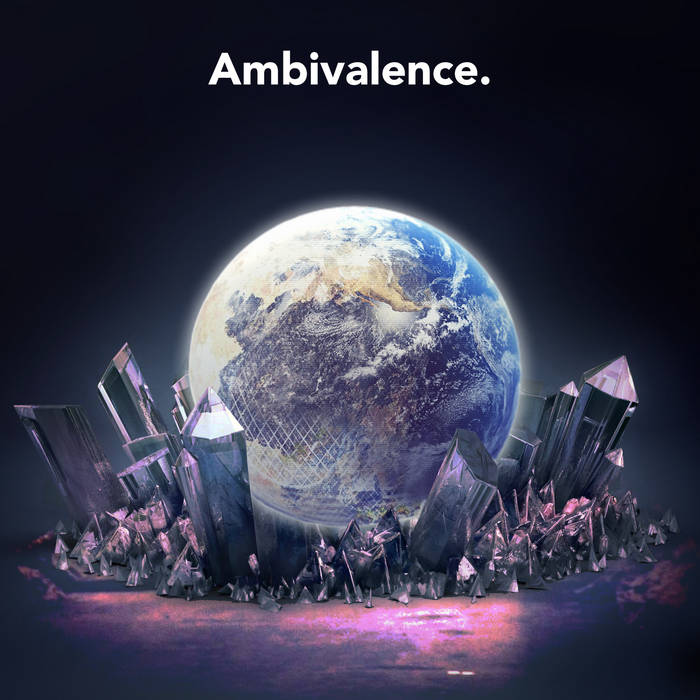
In the Maintenance Stage, you’re a few months into the change or new behavior. It’s getting easier and beginning to feel more natural.
In the Relapse Stage, you’ve taken a detour to your old behavior or situation. Whether it’s stress, transition or anything else, relapse is natural. It is a normal and necessary part of change, strengthening your resolve to a greater degree.
5 Steps To Create Change:
1. Determine your stage after reviewing the diagram above.
2. Strengthen your will to change by tapping into the reasons why you want to change now. Motivation is an emotion. Like any emotion, it can wax and wane. Learn how to maintain motivation here.
3. Choose from the following:
- If you’re in the Contemplation Stage- Consider the advantages and disadvantages of making a change. Think back to previous attempts to change and the ways these methods helped or fell short.
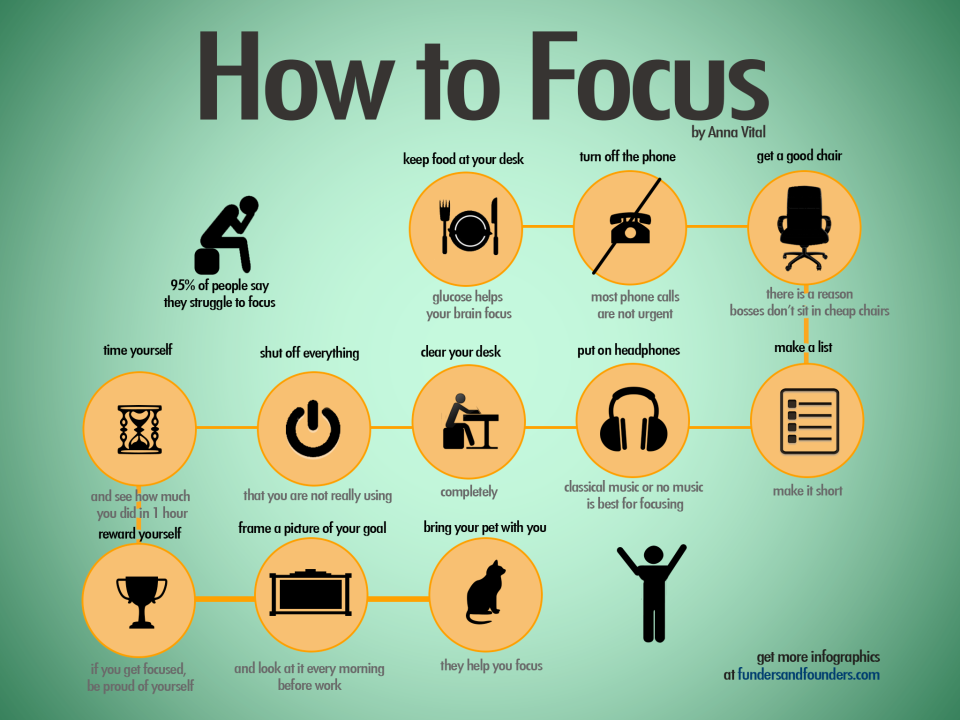 Use this tool to guide you.
Use this tool to guide you. - If you’re in the Preparation Stage- Make a realistic plan. I can’t tell you how many times I’ve told my clients (and myself) that sustainable change doesn't happen overnight. Set yourself up for success by creating a start to finish plan that anticipates and addresses the challenges you faced when you made a previous attempt. It may be helpful to talk through your plan with a therapist, coach, or trusted advisor.
- If you’re in the Action or Maintenance Stages- Follow you plan and adjust it as necessary. Reach out for support. Change isn’t easy. Nobody gets to where they are alone.
- If you’re in the Relapse Stage- Focus on self-forgiveness and reach out for support. You may be tempted to give up your plan, but remember that this is an opportunity to learn what doesn’t work and alter it accordingly.
4. When you feel ambivalent or lose motivation, amplify the parts of you that want to create change while acknowledging the feelings that have previously kept you stuck. Tell yourself “Even though I would rather watch TV than go for a walk, I know I will feel better after I start.” Then, go back to your list of motivating reasons.
Tell yourself “Even though I would rather watch TV than go for a walk, I know I will feel better after I start.” Then, go back to your list of motivating reasons.
5. Reach out for support. Your friends and family want you to succeed! And while most of us suck at asking for help, new results come from taking new actions.
The Takeaway:
Your awareness and motivation are the keys to beating ambivalence and creating lasting change. If you’re still on the fence about making a change, it’s better to clarify and plan than to go full steam ahead. Success comes from taking steps that align with your readiness to change.
If you're ready to make a change and want a customized plan to give you:
- Clarity on the change you want
- The concrete and measurable action steps to make it happen
- Strategies to address obstacles that previously got in the way
- The secret to maintaining motivation
Then, check out My Action Plan.
Coaching, Transitions, Emotional ResilienceAmita PatelMotivation, Action, Planning, Success
0 LikesResponding to Ambivalence • The Center for Motivation & Change
Have you ever wished someone you love would change? Wished they would eat healthier or quit smoking. Wished they would stop spending so much money on things they can’t afford? Wished they would go see a doctor since they are so clearly depressed? If the answer is yes, you probably have some experience interacting with your loved one’s ambivalence about change.
Wished they would stop spending so much money on things they can’t afford? Wished they would go see a doctor since they are so clearly depressed? If the answer is yes, you probably have some experience interacting with your loved one’s ambivalence about change.
Waffling, lacking resolve, vacillating, wavering, hemming and hawing are all value-laden words we use to describe a state of ambivalence. Due to the stigma around substance use disorders, there are even more negatively charged words to describe the ambivalence many people feel as they approach changing their use of substances. Denial, character flaws, selfishness and needing to hit rock bottom are just a few, and there are many, many more. All of these paint ambivalence as something that is negative; it’s a problem that we have to overcome or grow out of. Unfortunately, seeing ambivalence in this light can quickly lead you to feeling frustrated and even judgemental towards someone who is ambivalent and you can miss the reality that ambivalence is a state we all experience as we go about our day and make decisions.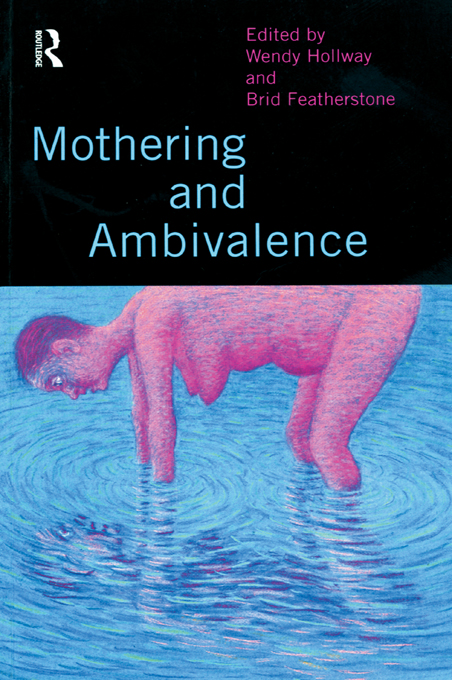
You can see ambivalence in your own life on a daily basis! As you drive home from work feeling tired, do you order pizza or take the time to cook myself a well-rounded, healthy dinner? You are trying to stick to that diet, so you’re pulled to cook dinner. And, at the same time, you really want to just order pizza and make it easy! That is ambivalence in action, on a smaller scale. If you blow that up, it can look like trying to decide between having a drink and feeling relaxed after work, or having to work even more at the end of the day in order to avoid that drink (and feel good about keeping your goals). By acknowledging the normalcy of ambivalence you will be less frustrated by it and in turn you can communicate more effectively in the face of it.
Even when we are prepared for it, it can be difficult to roll with someone’s ambivalence. Here are some tips to make ambivalence a little bit easier to sit with.
- Remember: Ambivalence Is Normal. If you feel strongly that someone should change some part of their behavior in a particular direction, this can be hard to remember.
 Feeling one way about a potential change, like excited and motivated and also another, like sad and doubtful is human nature.
Feeling one way about a potential change, like excited and motivated and also another, like sad and doubtful is human nature. - It’s normal to get stuck in a state of ambivalence. You might have a good reason for changing, but then start to think about the good reasons for things to stay the same. The reasons for not changing are how you got into the habit in the first place! and they can then lead you to avoid thinking about any of it since acknowledging ambivalence can feel uncomfortable.
- Don’t Take Sides. When you feel ambivalent and someone strongly argues one side of the decision, like telling you that you need to stop drinking, it is natural to argue for the opposite side. If someone comes down hard on one side, it’s natural to want to even out the scales of ambivalence by arguing the other side and in arguing that other side, you may get convinced it weighs more! You may think you will break through to someone by strongly pointing out one side of a decision, but there is a significant risk you will just be pushing them to hang onto the other side with more tenacity.

- The way to find a pathway through ambivalence is to shed light on both sides of the coin – making space for the validity of both the reasons to stay the same and also the reasons for change. This reduces the person’s pull to fight for one side (which is usually the opposite side you want them to take!) and gives them space to find their way through the ambivalence.
Having this frame of understanding about ambivalence can help us lessen our frustration. When we really let it sink in that ambivalence is normal and that it’s common for people to get stuck there sometimes, then it’s easier to resist telling someone what they should do since you know it may push them in the other direction. Instead, you can start to have meaningful conversations that include asking open-ended questions and reflecting back what you’re hearing (on both sides of the argument!). You can even affirm your ability to understand why they feel stuck.
A conversation where Option A and Option B are both seen clearly and non-judgmentally in the light of day (by the person who really needs to decide) is often the kind of conversation that helps to resolve ambivalence and makes way for change to happen.
For more helpful communication strategies to consider in the face of ambivalence, see Listening Well: The Art of Empathic Understanding, by William R Miller
Share this post:
What is ambivalence and why do we experience conflicting feelings
Many people, and especially girls, at least sometimes, but faced with an ambiguous manifestation of feelings for another person. I want to spend more time around, but it’s impossible to be around - quarrels and showdowns begin. The feeling of “love and hate” is a feeling that in psychology is called “ambivalence”.
In this article, we will explain what ambivalent feelings are, what ambivalence can be, and how to deal with conflicting feelings.
What is an ambivalent attitude
The concept of "ambivalence" comes from the Latin words "ambi", which means double, dual, and "valentia" - strength. That is, the literal translation is “double strength, dual sensation.”
That is, in simple words, this is an ambivalent attitude towards the object. The dual manifestation of emotions, both positive and negative, which have the same degree of manifestation.
The dual manifestation of emotions, both positive and negative, which have the same degree of manifestation.
To speak specifically about ambivalence, it is necessary that the same reason, moment or factor evoke an ambiguous attitude and ambiguous feelings.
Situation example. When bungee jumping, you feel fear and euphoria at the same time - this is ambivalence. You eat oysters - their taste causes disgust and pleasure at the same time - these are also ambivalent emotions. But if you like your job because you are close to home, but you don't like what you do, it's not a double feeling anymore.
For a mentally healthy person, ambivalence is not dangerous - he can make a decision and make a choice. But for suspicious, suggestible and anxious people, the ambivalence of feelings will bring discomfort, fear, doubts. If this happens, you need to seek help from a psychologist.
Sign up for an online consultation if you have low self-esteem, you do not feel confident, you have difficulty making decisions, you have a fear of the future. These may be symptoms of ambivalence. Our psychologists will help you get out of a difficult situation, resolve your concern and save your nervous system.
These may be symptoms of ambivalence. Our psychologists will help you get out of a difficult situation, resolve your concern and save your nervous system.
Ambivalent approach in different areas
Psychology and psychiatry divide ambivalent feelings into several categories, in fact, dividing them into areas of life:
| Types of ambivalence | Characteristic |
| Emotional ambivalence | Duality of emotions, feelings and thinking. Most often manifested in romantic relationships and affection. Sexual ambivalence can also fall into this category. |
| Volitional duality | Also referred to as "ambitency". When a person has opposite goals and cannot decide. |
| Intellectual duality | A person has several diverse ideas and he cannot decide which one to implement. |
| Social ambivalence | Double behavior based on the generally accepted "rules" and "laws" of a single group of people. For example, if a person attends church, but claims to not believe in God. |
Causes of the ambivalent state
Experts agree that several factors can provoke ambivalent experiences and similar behavior:
- alcohol and drug addiction
- use of psychotropic drugs
- depression
- low self-esteem
- infantilism
- severe stress
- episodes of violence and abusive relationships
- excessive criticism
Many factors influencing the duality of adult behavior arise in childhood and are fixed in the subconscious.
The dual nature of the personality does not give anything good both to the person himself and to those around him. Doubts, discomfort, fear, as consequences of ambivalence, lead to neuroses.
In psychiatry, ambivalence is not an independent mental disorder. It often manifests itself in various mental illnesses:
- schizophrenia
- OCD (obsessive compulsive disorder)
- psychoses
- various phobias
- panic attacks
Book an online consultation if you or your child has experienced severe stress or depression. Our psychologists will consult over the phone and help you find the cause of a mental disorder, tell you how to increase self-esteem, learn how to make decisions and avoid serious health problems.
Status correction
Since ambivalence is the cause of more serious mental disorders, it means that it must be treated based on the disease that caused such a condition. Only a specialized doctor, a psychotherapist or a psychiatrist, can determine what kind of mental disorder has “overtaken” the patient. Self-diagnosis of the pathology of the psyche will not work.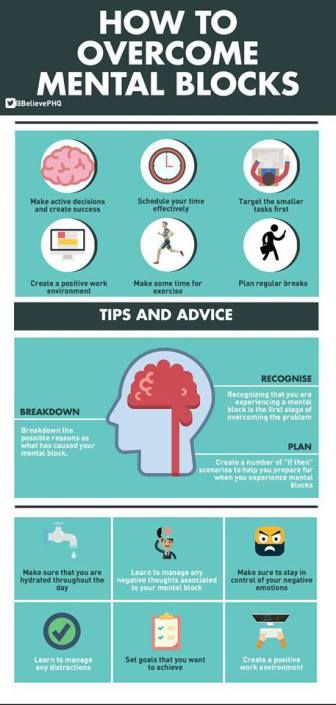
The specialist takes into account the individual characteristics of each person, collects an anamnesis, conducts a conversation and prescribes, as a rule, complex therapy.
Of the drugs, antipsychotics, antidepressants, tranquilizers, sedatives, hypnotics and drugs from the group of nootropics are prescribed.
In addition to drug treatment, therapy with a psychologist also helps ambivalent people. These can be personal conversations, group therapy sessions, special trainings and courses.
Important! A constant feeling of anxiety, worries, a depressive mood prevent a person from making informed and informed decisions. Therefore, it is necessary to get out of such a state as soon as possible so that it does not lead to mental disorders and ambivalence.
FAQ
What does ambivalence mean?
+
We gave the definition of this concept at the very beginning of the article - this is a dual feeling, a contradiction of experiences, sensations and emotions in relation to any object (person, object, phenomenon).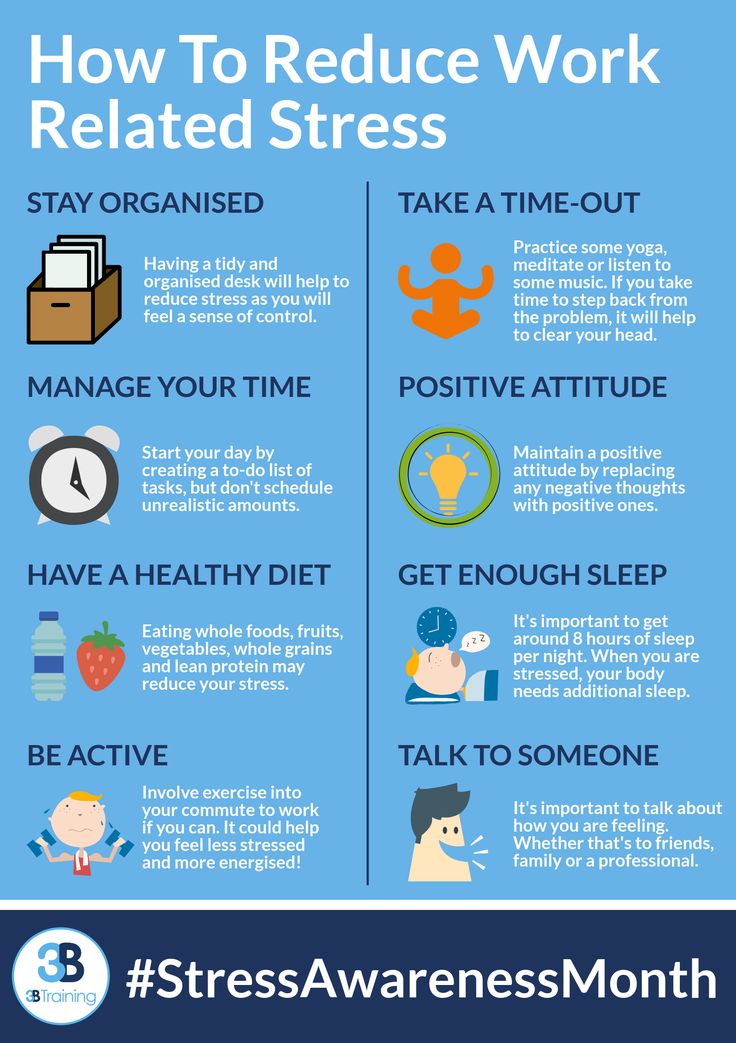
What are the reasons for the development of duality in children?
+
Dual behavior in children develops due to a lack of parental love, care, and attention. Also, parents who are overprotective or overly demanding, children grow up with an ambivalent attitude.
Is obsessive attachment and hatred an ambivalence?
+
Yes, if such emotions arise in relation to one person, then these are dual feelings. Consult a psychologist to correct your behavior.
How does duality manifest itself in behavior?
+
A person does not act as he voices, he is contradictory, confused, conflicting, neurotic, apathetic, inhibited.
Why is duality dangerous?
+
It can lead to alcohol, drug and tobacco addictions, severe stress, somatic disorders and mental illness, as well as hobbies for various occult practices and hobbies.
Expert opinion
The meaning of ambivalence is contradiction and duality. Normally, almost every person experiences such sensations in relation to one object or event. If the feeling of duality is temporary, then there is nothing to worry about. But if the opposite emotions interfere with your normal life, bring anxiety, affect your psycho-emotional health, then you need to seek help from a psychologist.
We publish only verified information
Article author
Monakhova Albina Petrovna clinical psychologist
Experience 17 years
Consultations 1439
Articles 286
Specialist in clinical psychology.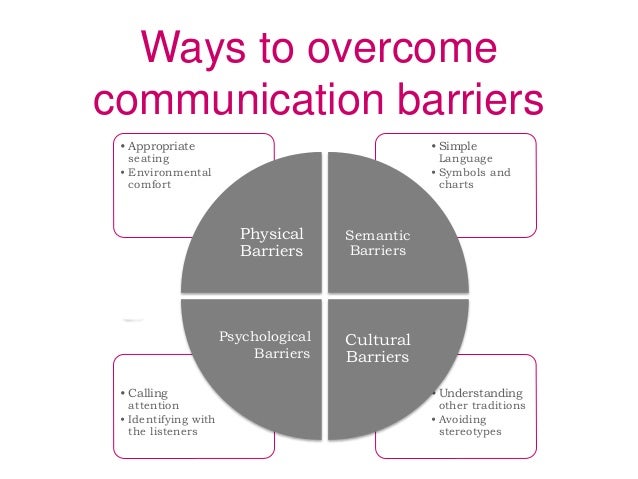 Help in finding tools for self-realization, working out beliefs, fears and anxieties. Work with self-attitude, internal boundaries, understanding of interaction with society through conscious personal changes.
Help in finding tools for self-realization, working out beliefs, fears and anxieties. Work with self-attitude, internal boundaries, understanding of interaction with society through conscious personal changes.
- 2007 - 2008 Children's polyclinic No. 4 - teacher psychologist
- 2008 - 2009Healthy Country LLC - Clinical Psychologist
- 2009 - 2021 Republican Narcological Dispensary - psychologist
- 2012 - 2013 Occupational medicine - psychologist
- 2013 - 2015 LLC Vozrozhdenie - psychologist
- 2019 to present Teledoctor24 LLC - psychologist
What is ambivalence in psychology
The psychological term ambivalence should be understood as a dual attitude towards something: an object, a person, a phenomenon. This is an indefinite feeling, in which absolutely opposite, antagonistic emotions are simultaneously present in relation to the same object, and both emotions can be experienced to the maximum extent, with maximum strength.
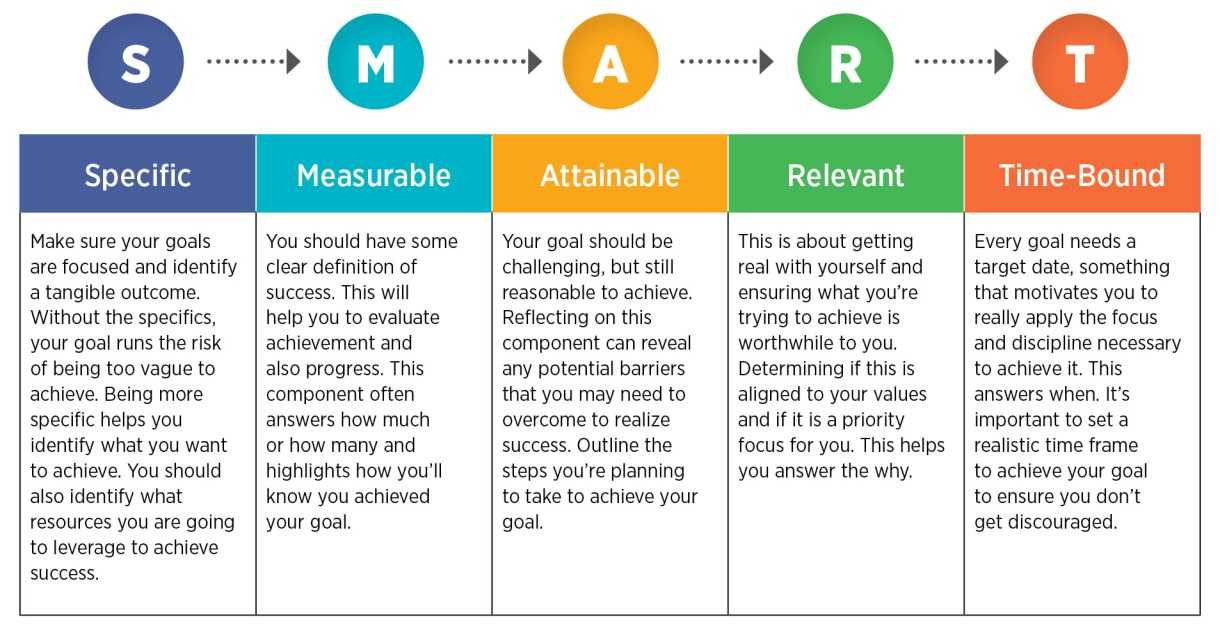
To put it simply, a person simultaneously experiences positive and negative feelings towards someone or something. Such conflicting emotions can arise spontaneously, or they can be a rather long-term phenomenon.
Ambivalent behavior can be a sign of emotional instability, and sometimes the first sign of the development of mental illness such as schizophrenia. However, it can also occur simply against the background of stress, a complex emotional and psychological background, tension, or a number of unresolved situations.
Initially, this term was found exclusively in works on psychology and psychiatry, but later became generally accepted. A psychological glossary describes three forms of ambivalence: emotional, volitional, and intellectual. This classification was introduced by the psychiatrist Bleuler, who was the first to study this phenomenon and introduced the corresponding concept into the dictionary of terms.
1. Ambivalence of experiences (emotional or sensual) is the duality of feelings and emotions that a person experiences for the same object. A vivid example is jealousy in a couple relationship, when a person experiences both a feeling of love and affection, and strong negative emotions towards his partner. Also very often ambivalent are the feelings of the mother to the child or the child to the parents, when the mother experiences both love and aggression towards her son or daughter.
Download for free: 5 books that will change your life! ♡
2. Ambivalence of the mind (intellectual) is a dual view of things, when a person has two opposite opinions on the same account at the same time. Roughly speaking, a person can think about the same object or phenomenon that it is bad, and at the same time that it is good and right. This type of thinking may appear intermittently or be permanent.
3. Volitional ambivalence is characterized by duality of decisions. It is very difficult for a person with this type of character to make a decision, he rushes between two options, every second taking one or the other, completely opposite.
It is very difficult for a person with this type of character to make a decision, he rushes between two options, every second taking one or the other, completely opposite.
Recommended: How to learn to make decisions?
Many psychologists consider ambitenence inherent in every person without exception, but the difference lies only in the degree of its manifestation. Slight duality of emotions, volitional decisions, or intellectual sphere can manifest itself from time to time in any mentally healthy person: this may be due to stress, an increased pace of life, or simply a collision with a difficult or atypical life situation.
Strongly expressed ambivalence - this already in psychology has the definition of a morbid state of the psyche and may be evidence of various types of mental or neurotic disorders.
Download for free: 5 books that will change your life! ♡
Behavior
Complete harmony of thoughts, feelings and intentions, confidence in one's desires and strengths, an accurate understanding of one's own motives and goals - this is often a standard, but it is rare to find a person who has all of the above. Partially, ambivalence of behavior is manifested in most people - both children and adults.
Partially, ambivalence of behavior is manifested in most people - both children and adults.
Such behavior may include ambivalence of intellectual thinking, will, intentions. For example, a person wants to drink water and has the opportunity to do so, but does not. Not because he is lazy or it is associated with any barriers and obstacles, but simply because he wants to, and at the same time does not want to.
Recommended: How to overcome your indecision?
Such a "split" may be the result of stress or self-doubt, it may be due to the inability or fear to take responsibility, spiritual immaturity. But it can also manifest itself against the background of neurotic disorders. Also, an ambivalent character arises against the background of strong feelings, conflicts, traumas.
As a rule, ambivalent attitudes and behavior arise as a result of polar emotions, feelings and experiences.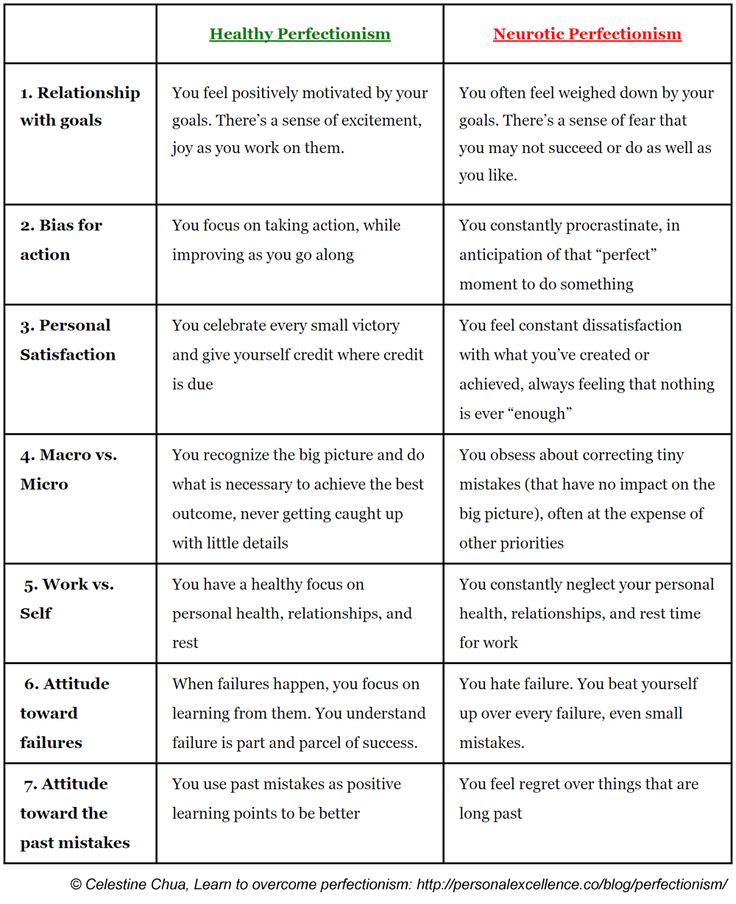 Manifested periodically, it may not pose a threat and not indicate a mental disorder, but if it is constantly present in a person, it certainly indicates problems in his mental or emotional state.
Manifested periodically, it may not pose a threat and not indicate a mental disorder, but if it is constantly present in a person, it certainly indicates problems in his mental or emotional state.
Download for free: 5 books that will change your life! ♡
Ambivalence behavior can manifest itself in the fact that a person performs unpredictable actions that contradict each other. He can express spontaneously different, opposite emotions, attitudes towards a person or an object, prove alternately two polar points of view, and so on. Such behavior indicates the dual and unstable nature of a person who is constantly “at a crossroads” and cannot come to one point.
Recommended: What to do when you are not sure of yourself?
The duality of actions, as a result of the duality of ideas, thoughts and feelings, can bring a lot of suffering to a person, as he experiences torment when it is necessary to make a choice, make an important decision, decide.
His character can bring a lot of emotions to those close to him who cannot rely on this person, knowing that he is not a man of his word, it is difficult to call him responsible and be confident in him. This person does not have a well-formed worldview and is often simply deprived of his confident and final point of view.
This person does not have a well-formed worldview and is often simply deprived of his confident and final point of view.
Polarity of feelings
The ambivalence of emotions is manifested in the dual attitude of a person to another person, to a partner, to an object, phenomenon or event. When a person is ambivalent, he can simultaneously experience love and hatred for his partner, rejoice and be sad about some event, experience fear and pleasure, desire and disgust in relation to any phenomenon.
Download for free: 5 books that will change your life! ♡
If such duality is manifested within certain limits, then this is the norm, even more so, many psychologists assure that the ambivalence of emotions can be considered a sign of a developed intellect and great creative potential. They indicate that a person who is not capable of an ambivalent experience is not able to perceive the world in full, see it from different angles and convey its entirety.
A person who is able to perceive the negative and positive side of this or that phenomenon at the same time, to keep two ideas, points of view or assessments in his head, is able to think broadly, creatively and outside the box. It is believed that all creative people are somehow ambivalent. However, an excessive degree of manifestation of ambivalence may indicate a neurotic disorder, in which case the help of a specialist is needed.
Recommended: What is adaptation?
Ambivalence is considered the norm, especially in relation to an object or subject, whose influence can be considered ambiguous. And this can be said about any close person, whether it is a relative, child, parent or partner. If a person experiences an unambiguously positive attitude towards this person, without duality, then this can be considered idealization and “charm”, which, obviously, can be replaced with disappointment over time, and emotions will be unambiguously negative.
A loving parent periodically experiences negative emotions towards his child: fear for him, dissatisfaction, irritation. A loving spouse sometimes experiences negative emotions, such as jealousy, resentment, and so on. These are normal aspects of psychology, and this characterizes a healthy human psyche.
The meaning of the word “ambivalence” itself suggests that this term is used only if a person experiences polar emotions and feelings exactly at the same time, and not first one, then the other. At the same time, two polar experiences are not always felt brightly and equally clearly, sometimes one of them is present unconsciously for the person himself. Such a person may not understand that he feels different (opposite) emotions for someone at the same time, but this will manifest itself one way or another.
Recommended: Altruism: definition of the concept
In psychology, people are divided into two types.